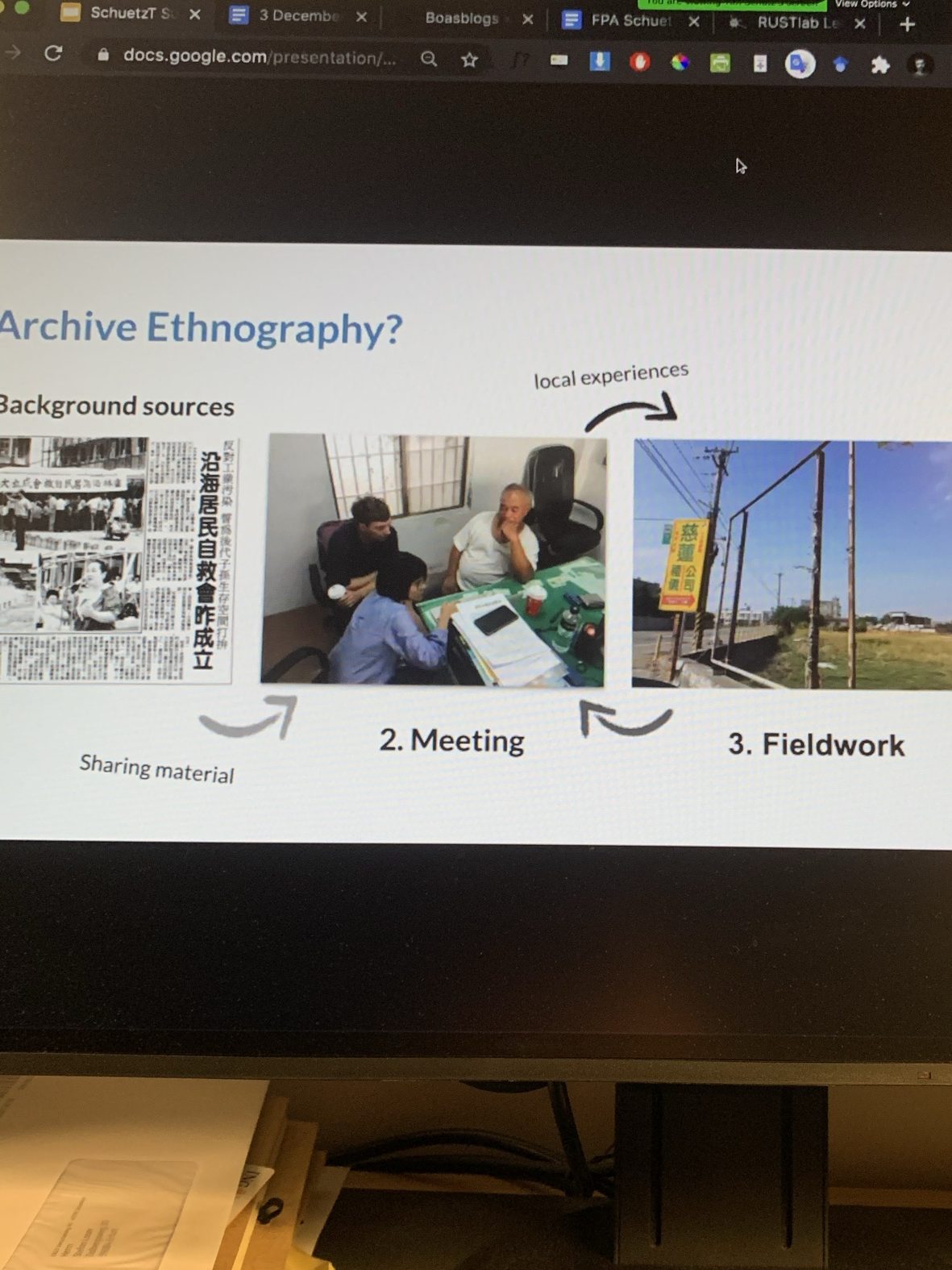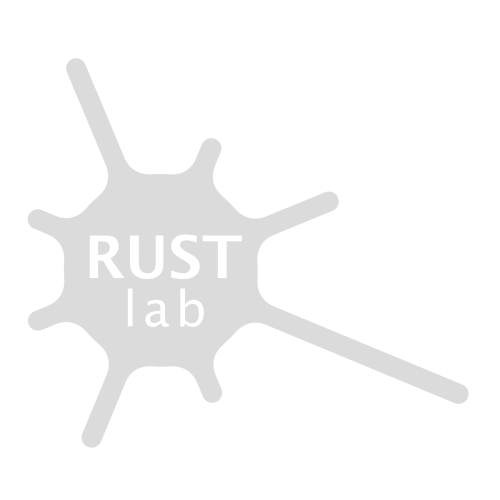Comment by Stefan
What is the role of digital platforms in facilitating collaborations? Do digital platforms transform what ethnography as such means?
On the 3rd of December, we had the pleasure to get an insight into the extraordinary work of Tim Schuetz & Shan-Ya Su. Tim and Shan-Ya’s paper focused on “Civic Data for the Anthropocene. Following Taiwan’s Formosa plastics”. Most importantly, they introduced us to the notion of archiving as a means to transform what ethnographic, anthropological knowledge production might mean. Digital platforms are at the centre of this discussion, in particular, the Drupal-based “PECE” (the Platform for Experimental, Collaborative Ethnography) network and its instance “Disaster STS“, which is used in the project at hand.
“Formosa Plastics” is a big player in the plastics industry, it is also known as a significant polluter. In the US and Taiwan, advocacy groups, journalists, workers and activists organize to make the company accountable – to document the contamination of the environment around industrial facilities, to make illegal practices debatable, to reflect on dangers and illnesses, to strengthen labour rights, etc.
And here’s the clue: Major actors in the field struggle to organize and archive their material, to share it with other actors on the ground or the extended community of interested actors.

We were introduced to the digital platform as a device to foster collaboration in this context – to enact the global Formosa community. Tim and Shan-Ya showed us the many possibilities for entry points. It was a lot to digest: buttons to follow, digital stories to unpack, a new publication-type in the making, suggestions to include the platform into teaching schemes, among other things. We witnessed a new method emerge – and an entire infrastructure around it.
Key to the discussion from the lens of experimentalism is how the platform presented invites us to re-imagine collaboration. This is about opening up perspectives, mobilizing experts from different fields, academic and non-academic alike, and, perhaps most importantly, to develop and struggle with standard-making. The Disaster STS platform helps to attune to issues on the ground – to particular contexts and their troubles. What is new here, and what I think could be used in many projects, is a particular device that connects hands-on ethnographic encounters with their interpretation and publication. It is a “middleware”, as Joanna Drucker und Patrick Svensson coined it in one post on the PECE platform. To get things going and to make things comparable, the group around Kim and Mike Fortun has developed analytical questions and layers to approach (Kim and Mike being the key driving forces behind the establishment of the PECE world).
As indicated above, the main challenge of this type of research is to decide what is to be included, published for whom, and when to stop collecting things. Regarding the Formosa case, Tim and Shan-Ya introduced a key tension: the vision of making data accessible vs Formosa pressurizing and suing scholars on the ground. This is not a new issue, but due to the platform in place, it scales quite quickly. In this sense, the PECE digital platform connects with traditional themes of ethnography but, as illustrated by the Formosa example, it also transforms how, why and when to conduct ethnography with whom. New avenues for collaborations emerge, no ways to document and/or intervene, which is a compelling argument to engage with such platforms.
What makes this entire project unique is its accessibility. There have been various suggestions to make digital data accessible. There is a mapping of controversies approach (e.g., here), which is used as either a teaching device or a project-based resource, so it is a very focused platform. Then there are repositories that give out tricks and tools for ethnographic investigations, like the Amsterdam Digital Methods Initiative and the Ethnographic Inventory. This is great to get inspiration. Latour (and the broader AIME team) published a comprehensive platform that aimed to develop the argument of a book, which also indicates that this was a somewhat limited and even restricted platform, due to its focus on being useful in the sense of the book’s logic. Recently, the Feral Atlas was published that wants to attune to more-than-human histories by way of a comprehensive and brilliantly designed platform. The latter platform perhaps is the one that comes the closest to the PECE and Disaster initiatives, even though the platforms are very different. The Feral Atlas, in its essence, is a closed archive, while the PECE platform aims for open and free access. This is what Tim and Shan-Ya highlighted convincingly; this is where from my point of view, the future of digital ethnography should lie: in open and creative devices. Tinkering is part of this endeavour and adds value to it. It is worth thinking about the modes of collaborations that are dis/enabled by platforms.
If you want to see an easy (and completely open) example of a Disaster STS outcome, check this out: chemical plants in Cancer Valley and their Covid-19 story (scroll down to start a tour). The Formosa plastics story is part of this as well.
